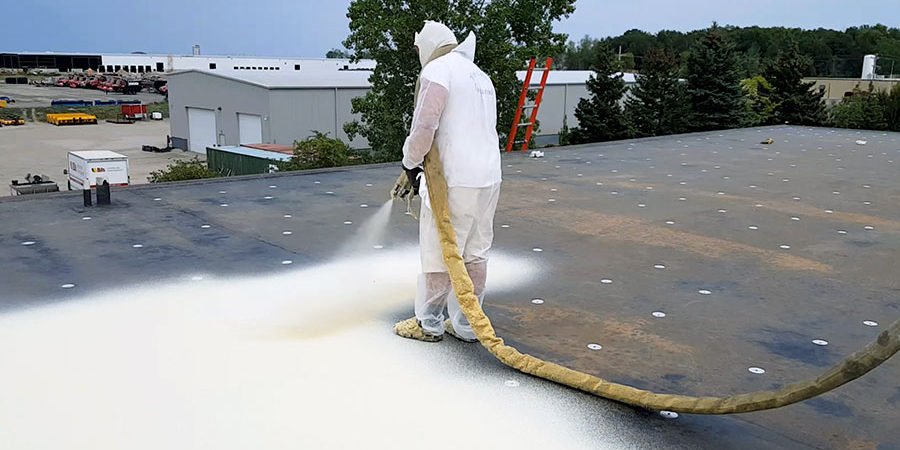Polyurethane (PU) foam can be an important component in waterproofing because it can expand and fill gaps and cracks, creating a seamless and waterproof barrier. PU foam can also adhere to many different materials, making it a versatile choice for waterproofing applications.
In particular, closed-cell PU foam is often used in below-grade waterproofing applications, such as in basements or foundations. The closed-cell structure of the foam prevents water from passing through it and can also provide insulation benefits.
Open-cell PU foam is not typically used for waterproofing applications because it is more porous and can allow water to pass through it. However, open-cell PU foam can be useful in other applications, such as sound insulation or cushioning.
Overall, while PU foam is not the only option for waterproofing, it can be an important and effective component in many waterproofing systems.
PU foam spray is a type of polyurethane foam that is applied using a spray canister or gun. The foam expands and hardens after application, creating a durable and waterproof seal.
PU foam spray is commonly used in construction and DIY projects for a variety of applications, such as filling gaps and cracks, insulating walls and roofs, and sealing air leaks around doors and windows. It can also be used for waterproofing, particularly in areas where water may be able to penetrate, such as in basements or around windows and doors.
When using PU foam spray, it is important to follow the manufacturer’s instructions carefully and wear protective gear, such as gloves and goggles. Improper application can result in the foam not expanding properly or becoming brittle over time.
Overall, PU foam spray can be a useful tool for waterproofing and other construction and DIY projects, but it is important to use it properly and safely.






